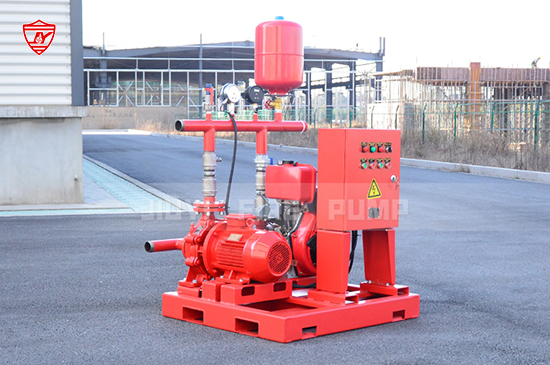A fire pump is a critical component of any fire protection system. Regular inspections help ensure that the pump functions properly in an emergency. NFPA 25, the Standard for the Inspection, Testing, and Maintenance of Water-Based Fire Protection Systems, outlines the requirements for fire pump maintenance, including weekly inspections.
By conducting a weekly inspection, you can identify issues before they escalate, ensuring compliance and maintaining safety.

During a weekly inspection, follow this checklist to verify that your fire pump is in optimal condition:
Check for Visual Signs of Damage
Inspect the pump, motor, and piping for any leaks, rust, or corrosion.
Ensure all components are properly secured.
Verify Proper System Pressure
Check and record suction and discharge pressure gauge readings.
Compare readings with the required operating range.
Inspect the Pump Room Environment
Ensure the pump room is clean, dry, and properly ventilated.
Maintain adequate temperature levels to prevent freezing or overheating.
Test the Power Supply
For electric fire pumps, check power connections and ensure there are no loose wires.
For diesel engine fire pumps, inspect the battery, fuel level, and coolant.
Run a No-Flow (Churn) Test
Start the fire pump and let it run at no flow to verify its operation.
Listen for unusual noises, vibrations, or overheating.
Check for Alarm and Signal Functionality
Ensure that the pump controller receives and processes signals correctly.
Verify that alarms are functioning properly.
Maintain a detailed inspection log to track performance and detect trends over time.
Train personnel on proper inspection procedures to ensure accuracy and consistency.
Address any minor issues immediately to prevent costly repairs or compliance violations.
A well-maintained fire pump can be the difference between life and property loss in an emergency. Following NFPA 25 guidelines for weekly inspections ensures your fire pump remains in top condition. By staying proactive, you can enhance fire safety and maintain compliance with industry regulations.